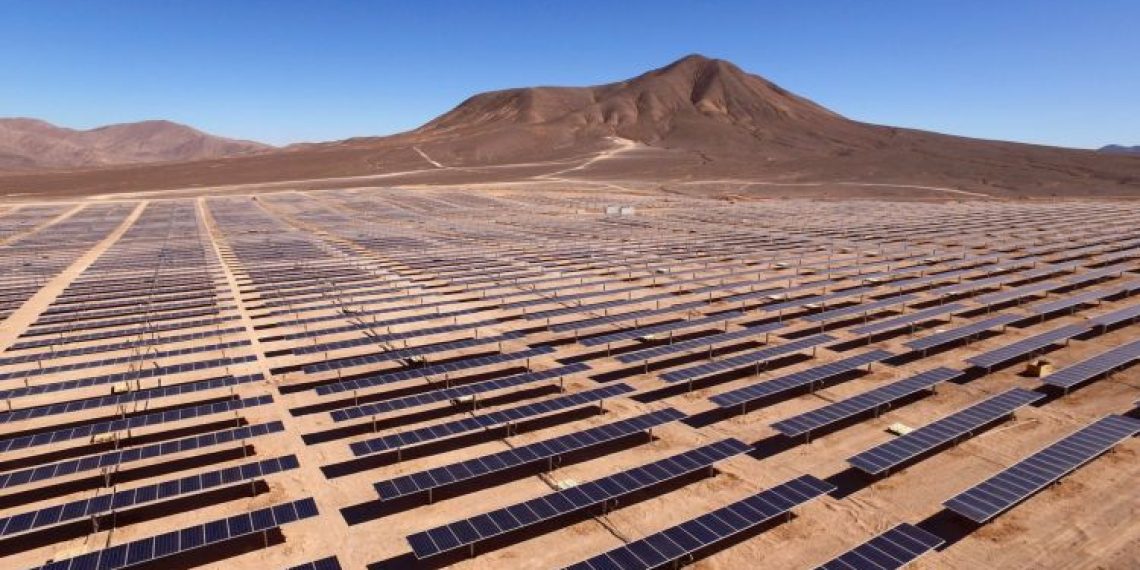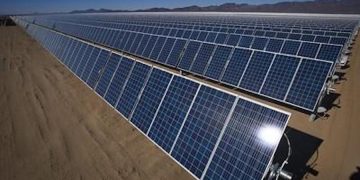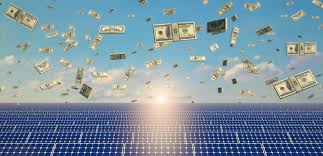Regulatory measures and extremely volatile land rental rates prove to be a thorn in the side for the U.S. subsidiary of Hanwha investing into a new Arizona solar power plant.

In recent solar developments, the California-based subsidiary of Korean company Hanwha is aiming to receive a permit under a little-known Obama administration regulation which would allow the installation of an 800 MW solar plant on 5,000 acres of federal land in southeastern Arizona.Â
The U.S. subsidiary, 174 Power Global Corporation, applied to the Bureau of Land Management (BLM) in order to receive permission for the utility-scale photovoltaic (PV) plant. Locally, the Arizona Corporation Commission has the final say as to whether 174 Power Global will receive the permit or not, pending review of effects on land ownership and economic development.Â
The government regulation, Solar Energy Program, was established in 2012 in six southwestern states to promote the usage of public lands for utility-scale power plants. The program has so far approved two solar projects in Arizona since its inception. Â
Upon approval of the project, 174 Power Global would pay anywhere between $17 and over $58,000 per acre of land rental, leading many to criticize the high rental rates, when comparatively argued against leases for plants for oil and gas. Additionally, the company would have to pay over $2,000 per MW of energy generated to BLM.
Patrick Shim, the director of global project development for 174 Power Global, said the company is continuing to review various utility providers to sell to. Â
“Many utilities have expressed interest in sourcing clean renewable energy from solar farms developed in Arizona,†Shim said in a statement to Pheonix New Times. “We are working diligently to identify and to work with the appropriate utility off-taker for our solar farm.”
Projects like the ones proposed by 174 Power Global are continuing to provide innovation for Arizona, a state that has faced huge uncertainty in regulatory measures relating to energy production and consumption. In January, the Arizona Public Service (the largest state electric provider) announced a commitment to reach 45% renewable energy usage by 2030 and to be completely carbon-free by 2050.










